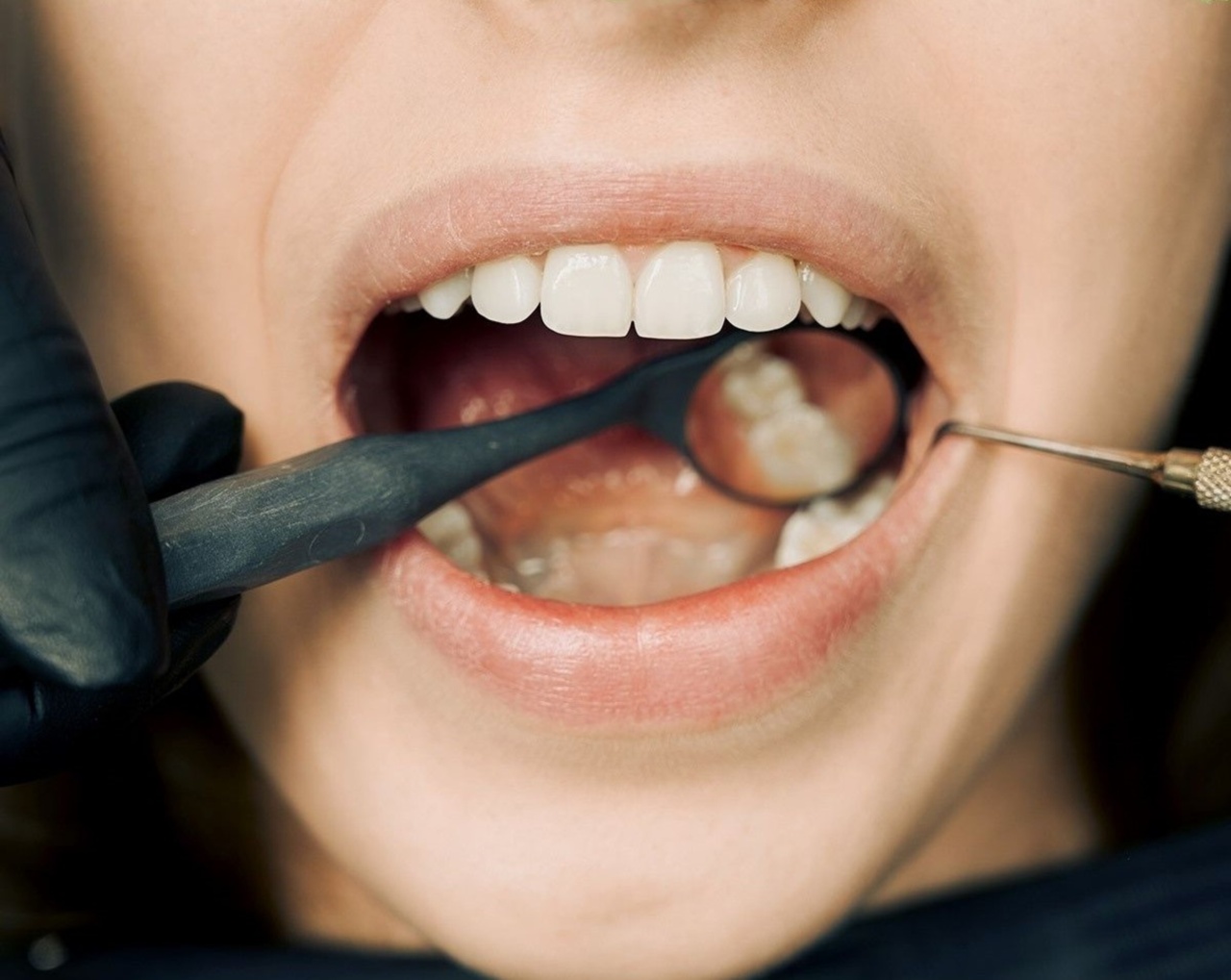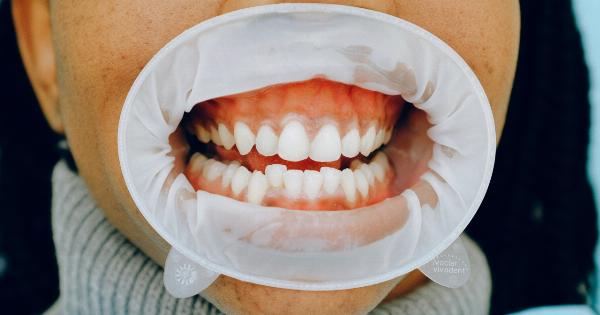Gum disease, also known as periodontal disease, is a common dental problem that affects millions of people worldwide. It is characterized by the inflammation and infection of the gums and can lead to a number of complications if left untreated.
One of the most common symptoms of gum disease is bleeding gums, which can occur when brushing, flossing, or eating. In this article, we will explore the causes and solutions for bleeding gums caused by gum disease.
What Causes Gum Disease?
Gum disease is caused by the buildup of plaque, a sticky film of bacteria that forms on the teeth. If not removed through regular brushing and flossing, this plaque can harden into tartar, which can only be removed by a dental professional.
Tartar buildup can irritate and inflame the gums, causing them to pull away from the teeth and form pockets that become infected. Other factors that can contribute to gum disease include:.
- Smoking or using tobacco products
- Poor oral hygiene
- Hormonal changes (such as during pregnancy or menopause)
- Medications that can cause dry mouth
- Genetic predisposition to gum disease
- Systemic diseases (such as diabetes or heart disease)
Symptoms of Gum Disease
Gum disease can present with a range of symptoms, some of which may only appear in the advanced stages of the disease. Some of the most common symptoms of gum disease include:.
- Bleeding gums
- Swollen or tender gums
- Receding gums
- Loose teeth
- Bad breath or a bad taste in the mouth
- Pus or other signs of infection around the teeth and gums
Prevention of Gum Disease
The best way to prevent gum disease is through regular dental cleanings and checkups, as well as maintaining good oral hygiene at home. Here are some tips for preventing gum disease:.
- Brush your teeth at least twice a day for two minutes each time
- Floss daily to remove plaque and food particles from between your teeth and gums
- Use an antibacterial mouthwash to kill bacteria and freshen your breath
- Quit smoking or using tobacco products
- Eat a balanced diet that is low in sugar and high in fiber
- Manage any systemic diseases that you may have, such as diabetes or heart disease
Treatment of Gum Disease
If you have gum disease, your dentist may recommend a variety of treatments depending on the severity of your condition. Some of the most common treatments for gum disease include:.
- Scaling and root planing – a deep cleaning procedure that removes plaque and tartar from under the gumline
- Antibiotics – medications that can be applied directly to the gums or taken orally to treat infection
- Surgical procedures – such as gum grafts or flap surgery – to repair the damage caused by gum disease
Home Remedies for Bleeding Gums
If you have bleeding gums caused by gum disease, there are some home remedies that you can try to help alleviate your symptoms:.
- Saltwater rinse – mix one teaspoon of salt with eight ounces of warm water and swish it around your mouth for 30 seconds, then spit it out
- Foods rich in vitamin C – such as oranges, kiwis, and broccoli – can help boost your immune system and promote healthy gums
- Green tea – contains antioxidants that can help reduce inflammation and promote oral health
- Clove oil – a natural antiseptic that can help relieve pain and reduce inflammation
- Aloe vera – can help soothe inflamed gums and promote healing
Conclusion
Overall, gum disease is a common dental problem that can lead to serious complications if left untreated. If you have bleeding gums or other symptoms of gum disease, it is important to see your dentist for a proper diagnosis and treatment plan.
With good oral hygiene and regular dental checkups, you can help prevent gum disease and protect your oral health.



























